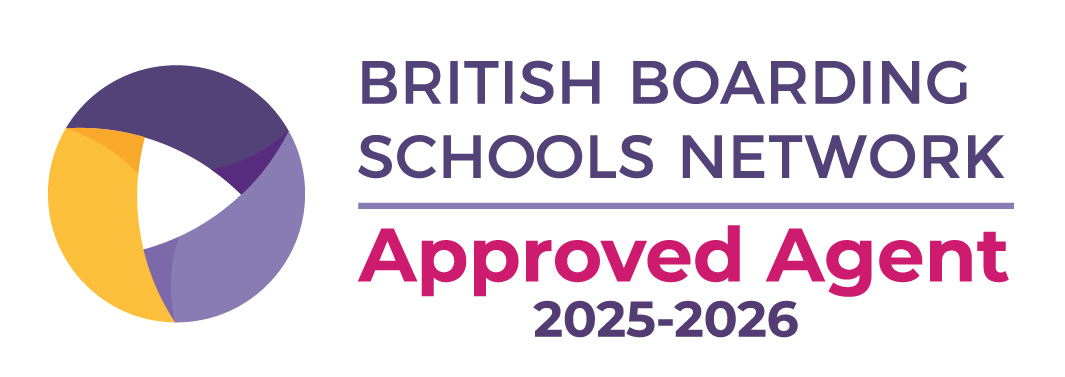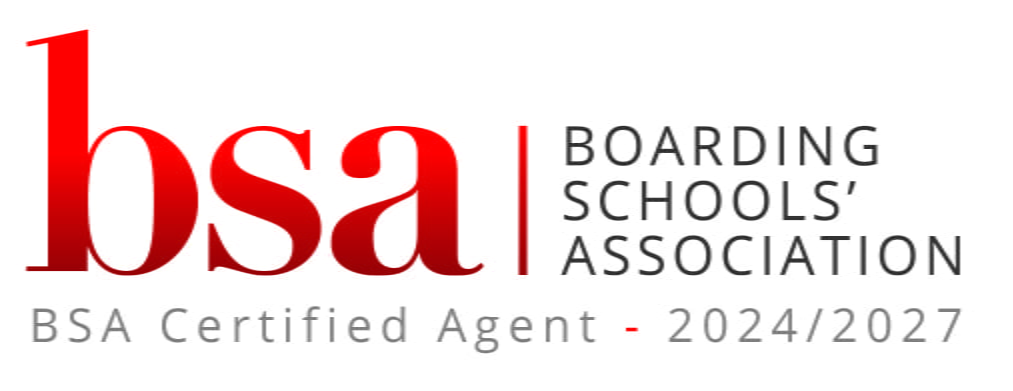Contents:
Book a free consultation today!
Long rows of lockers, yellow school buses, prom night, cheerleaders and the football team: thanks in no small part to Hollywood, many people already have a vivid image of the American high school, even without having set foot in one. The reality is not far from the fiction. High school is at the heart of the U.S. education system, and because every teenager in America attends one, it becomes a lively microcosm of American life.
For young people from around the world, a year at a U.S. high school offers an authentic, unfiltered insight into everyday life in America – and the chance to take part in one of its most defining cultural experiences.
A quick overview: the American school system
In the United States there are no different school types based on academic ability. All students follow the same broad system, whether they later become surgeons, engineers, or athletes. Education is compulsory until the 12th grade, by which point students are usually 17 or 18 years old. On the way, they move through different school stages:
- Elementary School – equivalent to primary school, covering the first four to six years.
- Middle School or Junior High School – taking students through to the end of grade 8.
- High School – the final stage, covering grades 9–12.
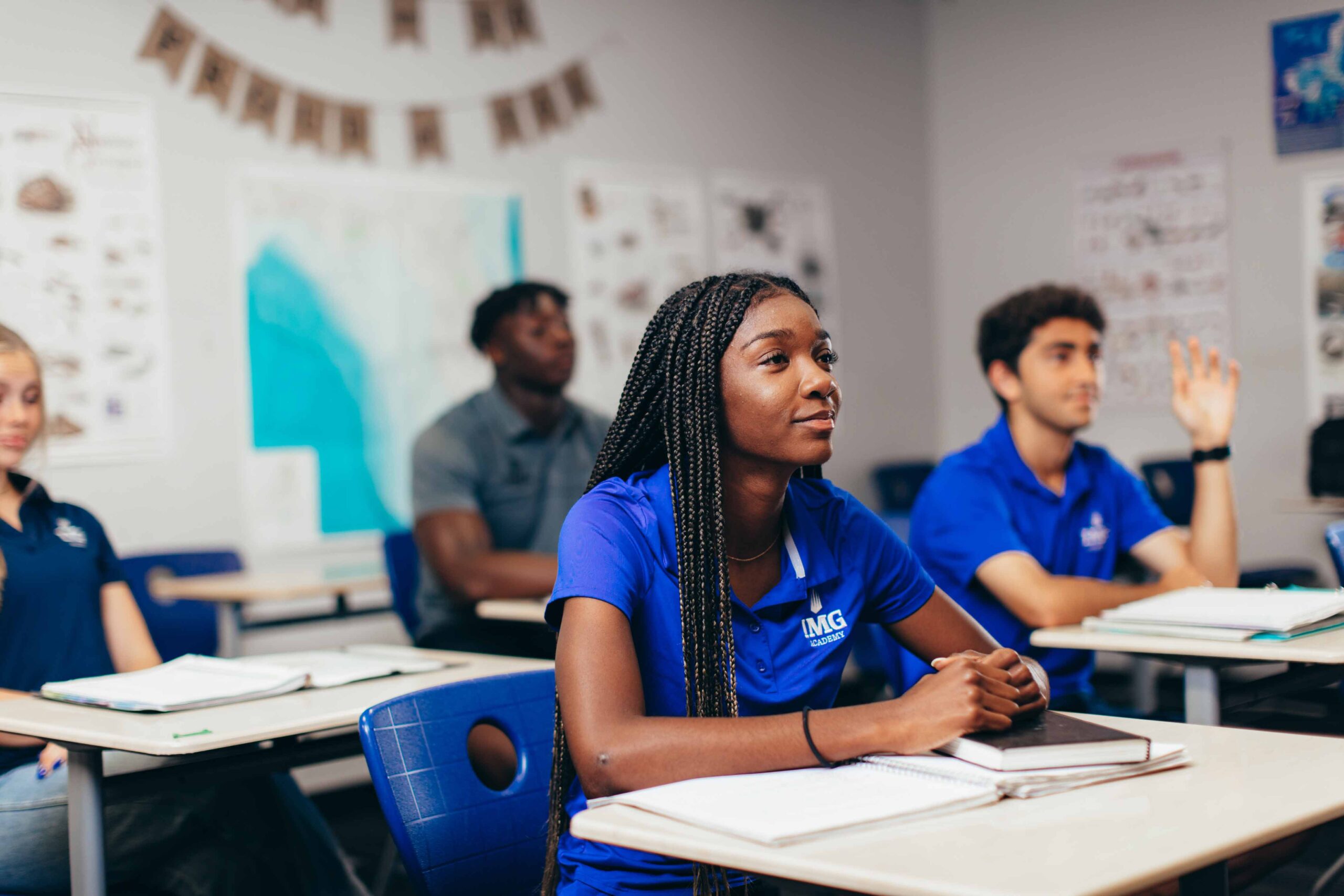
Life at a U.S. high school
High school marks the transition from childhood to young adulthood. Most students continue on to college after graduation, since the U.S. does not have the same kind of apprenticeship system familiar in countries like Germany, Switzerland, or Austria.
High schools therefore prepare their students for a wide variety of future paths. The curriculum goes beyond the classic academic subjects such as English, mathematics and science, offering electives ranging from business to media studies and engineering. Students also spend long days at school – often until late afternoon – combining lessons, shared lunchtimes, supervised study sessions, and an array of extracurricular activities.
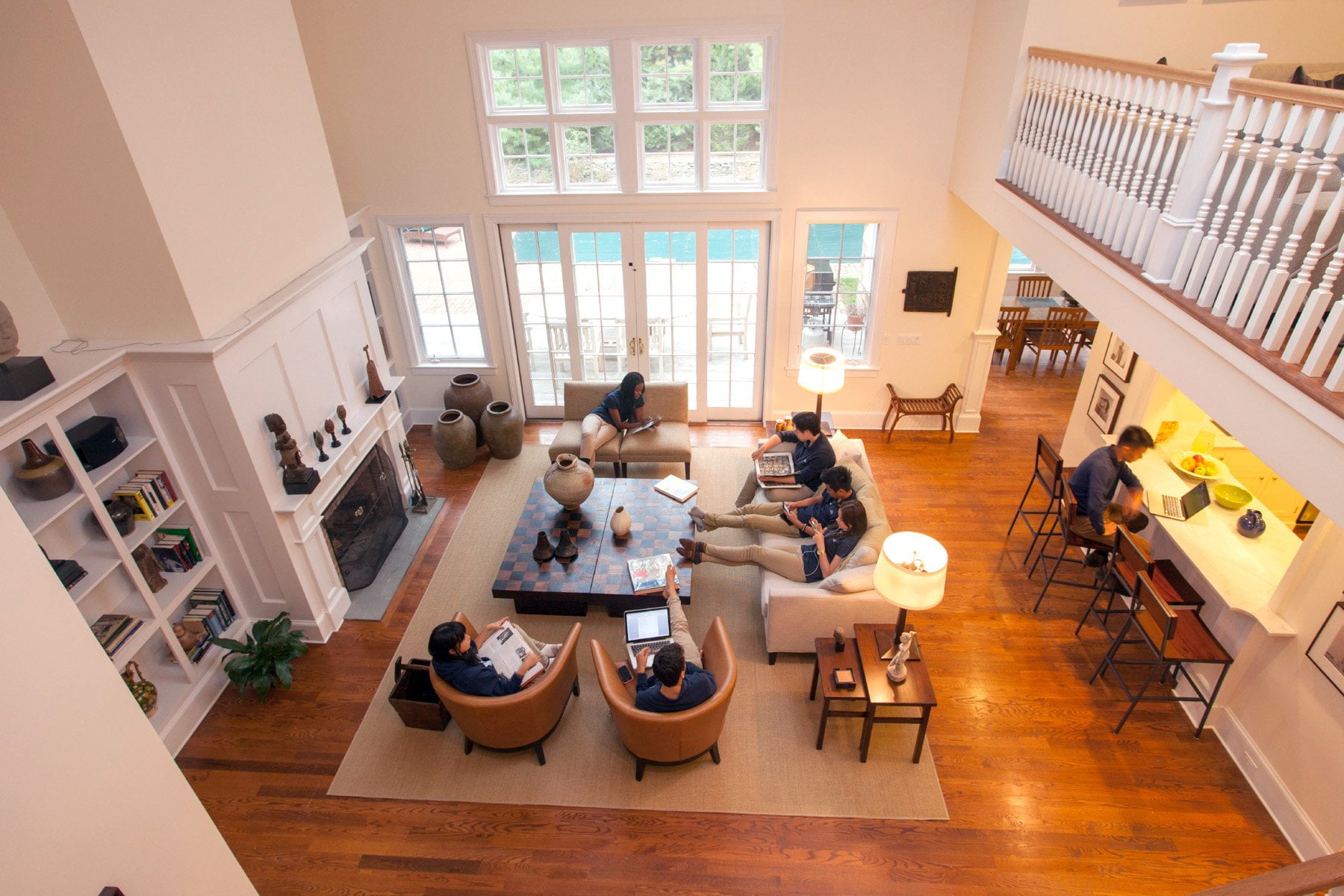
Sport at high school
Sport plays a central role in U.S. schools, much more so than in most other countries. Instead of general Physical education, students select specific sports, training several times a week and competing in leagues against other schools.
Some games – particularly American football and basketball – attract large crowds, regional rivalries, and even television coverage. Facilities can be impressive: multi-purpose gyms, football and baseball fields, swimming pools, tennis courts and, in northern states, even ice rinks. For many international visitors, the scale of school sports culture is a real eye-opener.
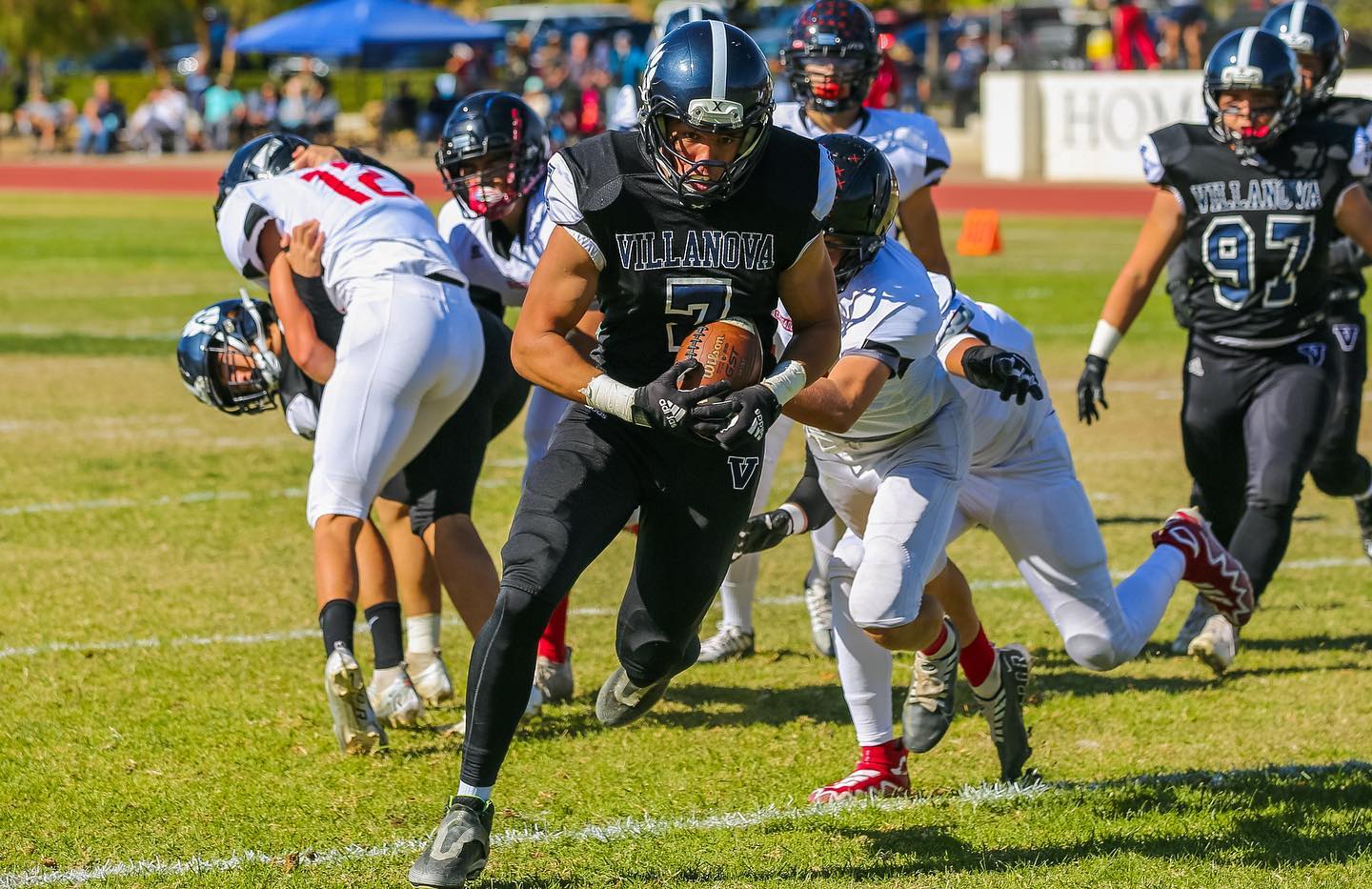
Learning the American way
Beyond sport, the breadth of facilities extends into music, art, and science. Alongside traditional subjects, students can often take electives such as:
- Foreign languages (Mandarin, Japanese, Italian, Arabic)
- Sign language
- Digital art, film, and animation
- Psychology
- Environmental science and geology
- Nutrition and health
- Business and economics
- Engineering and robotics
Teaching is usually interactive and practical, with a strong use of technology and project-based learning.

Public and private high schools
Most American high schools are public, operated and funded by state or local authorities. They are free for students living in the school district. However, there are also many private high schools, some of which are boarding schools that welcome international students.
Boarding schools offer the advantage of combining accommodation, meals, and organised activities alongside the school programme. They are scattered across the country and reflect the diversity of the U.S. itself:
- Léman Manhattan Preparatory School (New York City) – combines high school with the buzz of life in Manhattan.
- Western Reserve Academy (Ohio) – a traditional, academically strong school with outstanding arts and sports facilities.
- Wasatch Academy (Utah) – known for its focus on technology, engineering and robotics, alongside stunning outdoor adventures and one of the top basketball teams in the U.S.
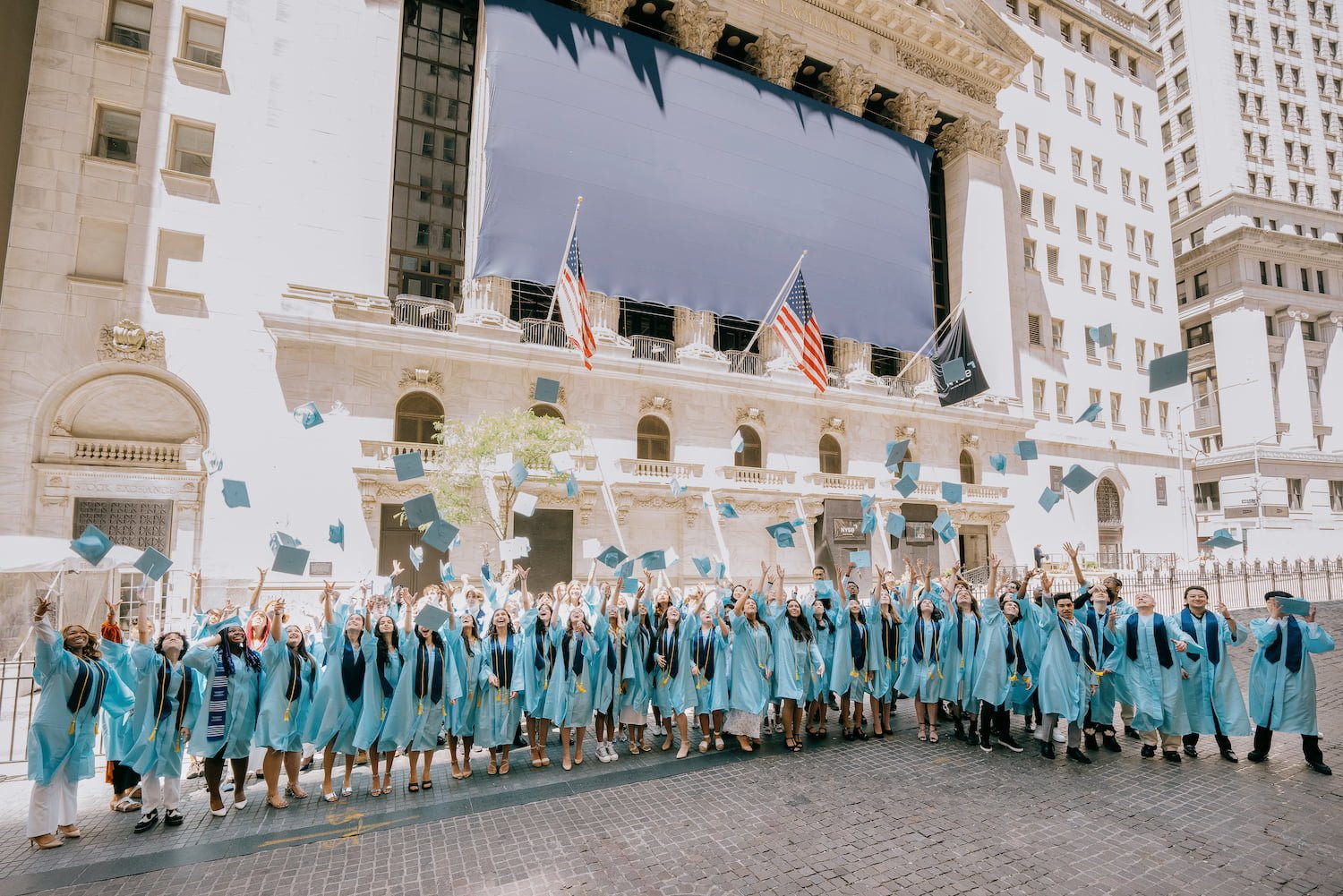
Graduation and next steps after high school
Graduating from high school earns students the High School Diploma. For many, this leads directly to college. Unlike in Europe, where apprenticeships play a major role, U.S. vocational training is often delivered through colleges.
Ambitious students aiming for top universities, especially Ivy League institutions, can take advanced placement (AP) or honours classes in high school to strengthen their applications and sometimes earn early university credits.
International students can also use a U.S. high school diploma as a springboard to study abroad. However, recognition varies by country, so many schools also offer the International Baccalaureate (IB), which is widely accepted by universities worldwide.
(Our Akademis Ambassador, Cory Lowde, lived and worked for nearly three years in the city of Boston, Massachusetts, in a k-12 through school offering the IB Diploma programme.!)
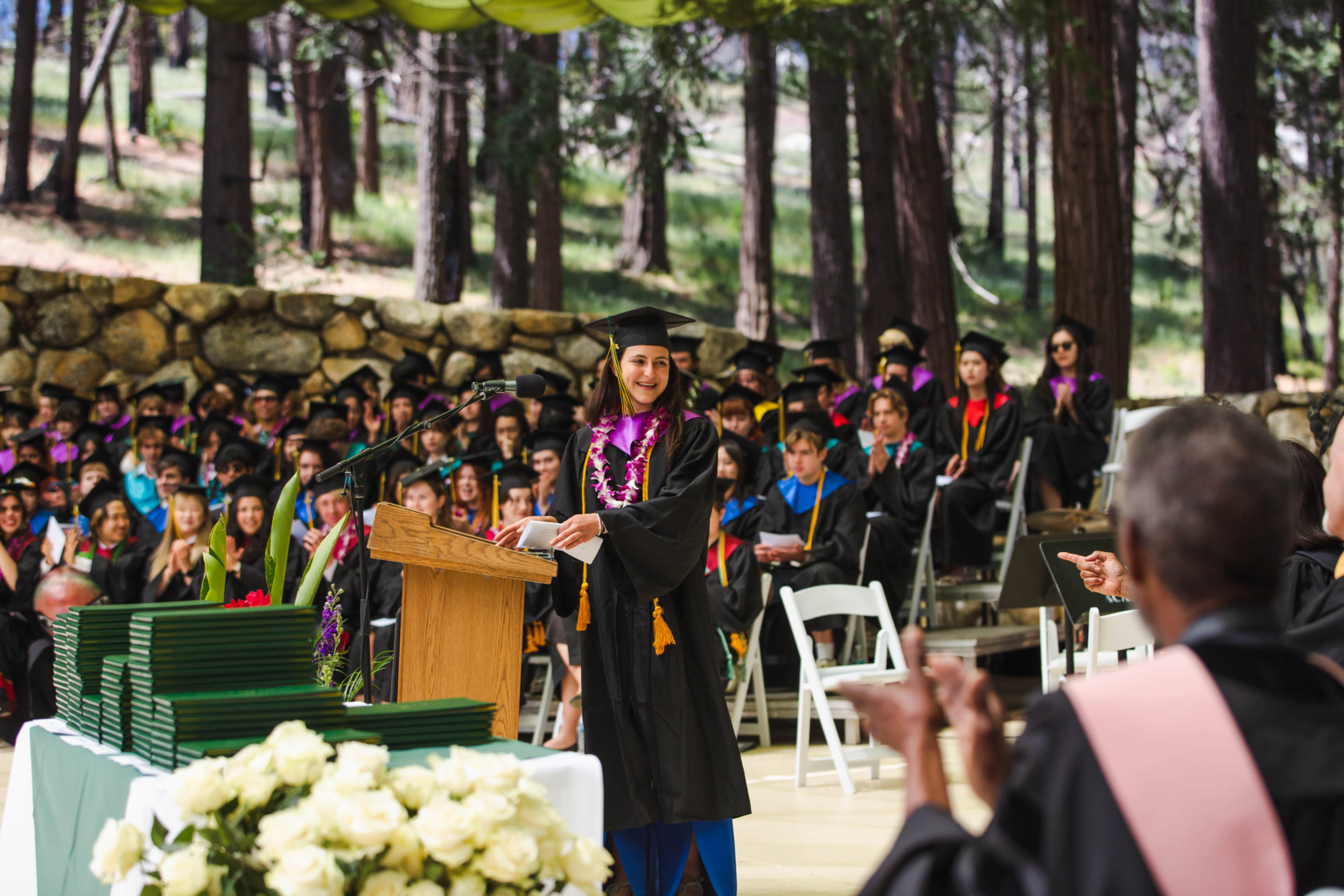
U.S. High School FAQ
What is a high school?
High school in the USA is the final stage of secondary education, covering grades 9–12. All American teenagers attend high school, regardless of academic focus.
Is high school comparable to secondary school elsewhere?
Not directly. While it prepares students for college, the U.S. High School Diploma is not identical to the German Abitur, French Baccalauréat, or British A Levels. Advanced courses such as APs can make it more competitive internationally.
Can international students attend high school in the USA?
Yes. Many public schools accept exchange students for a year, while private and boarding schools often welcome international pupils for both short-term and full high school programmes. Akademis agency has visited and established strong partnerships with many US and North American high schools.
Schedule a free consultation
How can we help you?

Julia Wilmes
Managing Director
Supporting families through these important steps in their children’s educational journey has become my heartfelt mission since founding Akademis. That is why it is especially important to me that we dedicate ourselves to every student seeking a boarding school with empathy and personal care.

